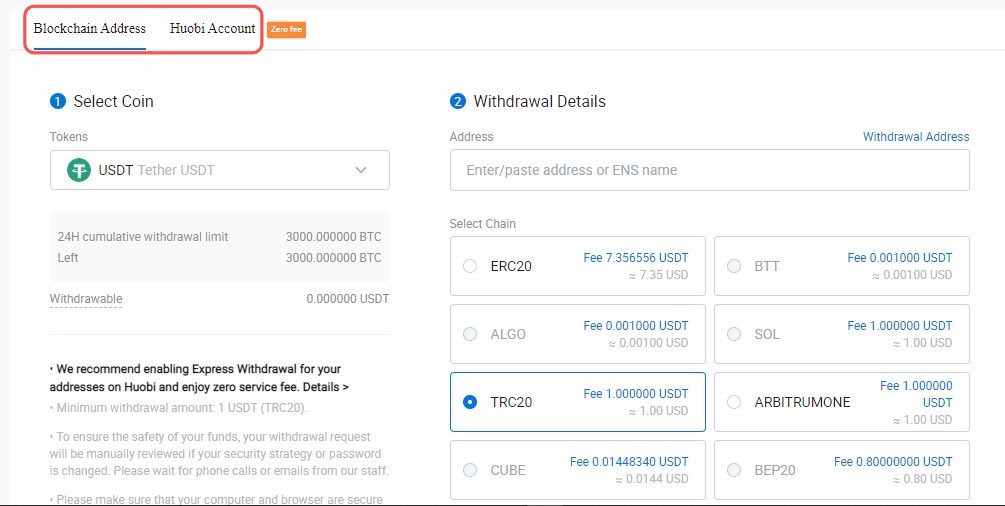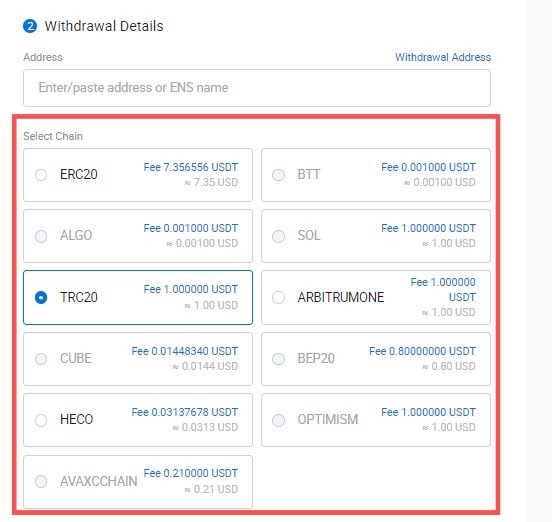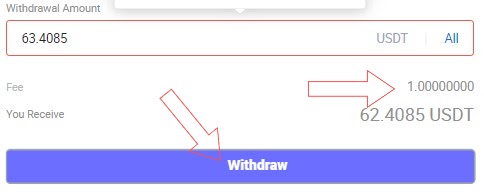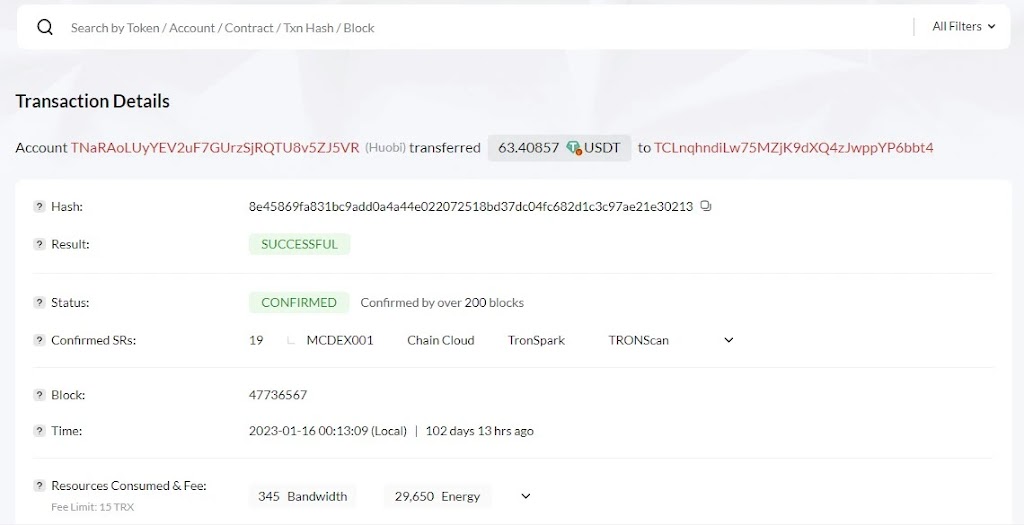Transferring cryptocurrency is significantly easier than transferring fiat currency. Where fiat transactions typically require full bank details of the recipient, while to transfer cryptocurrency you only need a wallet address, often just a long string of characters.
However, despite the simplicity of the process, many users, especially beginners, still make avoidable mistakes. These errors, although small, often go unnoticed and can lead to the permanent loss of funds.
It’s crucial for every user, particularly those new to crypto, to understand the correct steps for transferring assets like Bitcoin safely.
In fact, user mistakes are the second most common reason for losing crypto, right after scams. According to research, around 4% of all available Bitcoin is lost each year, and most of it is unrecoverable.
In this guide, we’ll highlight the common mistakes and walk you through the proper way to transfer cryptocurrency from one wallet to another safely and confidently.
Let’s dive in.
How to Transfer Cryptocurrency?
Whether you’re depositing cryptocurrency into an exchange account or transferring it to another wallet, the process remains largely the same across most platforms.
Although each exchange or wallet may have a slightly different interface, the core steps involved in sending or receiving crypto assets are consistent.
Here are the key steps you should follow when depositing or transferring cryptocurrency safely and correctly:
Choose Your Wallet
If you’re the one who wants to transfer cryptocurrency, the process is straightforward; you just need the correct wallet address of the receiver. However, if you are the one receiving the funds, it’s important to choose the right type of wallet based on your purpose.
If your goal is to trade cryptocurrencies actively or convert them into fiat currency, then using a centralized exchange wallet like Binance, Coinbase, or Kraken is a convenient choice.
On the other hand, if you are looking to store your crypto safely for the long term, then a decentralized wallet (such as Trust Wallet, MetaMask, or a hardware wallet like Ledger) is the better option.
Find Your Recipient’s Address
Remember, you cannot send one coin to a different coin’s address. If you do, the funds will leave your wallet but will never be deposited. That’s why it’s important to verify everything two to three times before sending.
Always ask for the correct coin address along with the chain it’s on. Carefully copy and paste the recipient’s address, or use a QR code scanner to avoid mistakes.
Initiate the Transfer
After receiving the correct address for the coin, log in to your wallet or exchange account. Select the cryptocurrency you want to send, then paste the copied address into the recipient field.
Next, enter the amount you wish to transfer. At this stage, you will see a preview showing the network fee and the final amount the receiver will get.
Confirm the Transaction
If everything looks correct, proceed to the next step. Here, you’ll be required to enter your OTP, 2FA code, or email verification, depending on your wallet or exchange’s security settings.
These steps are necessary to confirm and authorize the transaction.
Wait for Confirmation
After initiating the transfer, it’s important to monitor the transaction until it gets confirmed on the blockchain. The confirmation time can range from a few minutes to several hours, depending on the cryptocurrency and network congestion.
You can track the status of your transfer by entering the transaction ID (TxID) or the recipient’s wallet address into a blockchain explorer.
Also, read how to buy Dogecoin on eToro.
How to Transfer Cryptocurrency to Another Exchange or Wallet? Example
In the example below, we’re using USDT to demonstrate a transfer from HTX (Huobi Global) to Gate exchange.
Step 1: Address Setup
Go to your wallet or exchange and log in to your account. Click on the “Withdraw Assets” button and select the cryptocurrency you want to transfer. In some cases, you may be asked to choose between an on-chain or off-chain address.
Make sure to select an on-chain (blockchain) address to ensure the transaction is processed through the blockchain network.

Step 2: Selecting Network
Next, choose the blockchain network for the transfer. After that, ask the receiver for their crypto address, but make sure the address matches both the same cryptocurrency and network you’ve selected.
If the receiver has already provided the address, then select the network based on that.
Tip: If you have the option to choose between multiple networks, go with the one that offers the lowest transaction fees, as long as the chain is supported by both the sender and receiver.
Here, I am selecting the TRC20 chain because it is the only option available in both the sender and receiver wallets.

Step 3: Enter Amount
Enter the amount of cryptocurrency you want to transfer. But before doing that, check the minimum transfer limits set by both the sending and receiving wallets or exchanges.
If you enter an amount below the minimum limit, the transfer may still be processed but won’t reach the destination wallet, and the funds could be lost.
In most cases, the minimum limit is usually less than $1, but it’s always better to confirm before sending.

Step 4: Review Details
Now, review all the details one final time to ensure everything is correct. Once you’re sure, click on the “Withdraw” button. After this, depending on your security settings, you may be prompted to enter an email OTP and a 2FA code. Enter both codes to confirm and authorize the transaction.
Step 5: Check Blockchain History
If you want to check the status of your transaction, visit the official blockchain explorer website of the network you used. Copy the transaction ID (TxID) from your transaction history, paste it into the search bar on the explorer site, and hit search.
This will show you all the details of your transfer, including confirmation status, amount, sender and receiver addresses, and network fees.

Step 6: Check Receiver Wallet
Ask the receiver to check their wallet or exchange account and view the transaction history. If the transaction hasn’t been confirmed yet, it may appear as pending.
Once the transfer is complete, the receiver may also receive a confirmation email from their exchange or wallet platform.

Things to Know Before Transferring Cryptocurrency
To ensure a safe, secure, and successful crypto transaction, keep the following points in mind:
Conclusion
When transferring cryptocurrency, always be cautious and avoid small mistakes that could lead to the loss of your funds.
The process itself isn’t complicated; in fact, transferring cryptocurrency is widely considered a safe and efficient method for sending money.
However, delays can happen. Due to blockchain congestion, your transaction may remain in a pending state for several minutes, hours, or even longer.
If you follow the steps outlined in this guide, you’ll be able to transfer your cryptocurrency securely to another wallet or exchange without any issues.
Keep in mind that while the transfer process is similar across most centralized exchanges, this guide does not apply to decentralized wallets, which may follow a different procedure.
How to Buy Bitcoin: A Step-by-Step Guide







